Knowledge – both scientific and cultural – is very fragile, even if we do not keep in mind this fact. Both its different physical carriers and the tools that allow for its development and transmission can disappear. Universities are some of the essential ones, whose earliest examples can be found in the West in the 12th century. Numerous generations of scholars were educated in their classrooms, which, in a long process of re-interpreting reality, have played a fundamental role in different processes: the Renaissance with its humanistic perspective, the arrival of modernity, the Scientific Revolution and 19th century positivism, to the apparently limitless horizons, but with many problems. All of this has translated into greater well-being, but above all, greater personal freedom.
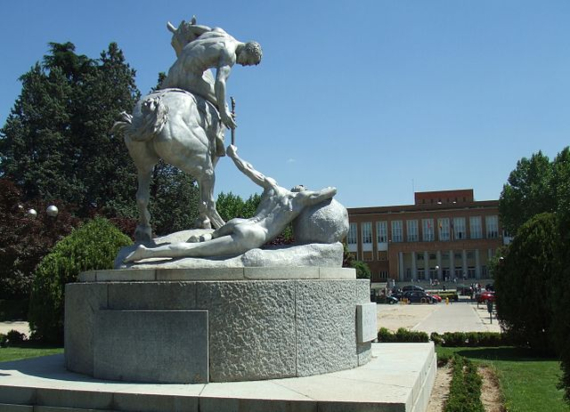
The Scientific Revolution of the 17th and 18th centuries has very complex pillars, but one of the most relevant was cosmography, which combined astronomy and geography, an essential discipline in the period of geographic discoveries, which promoted a change of perspective. But the first formal steps in this conceptual permutation took place between the 12th and 13th centuries, and are based on three processes: the systematic translation of Greek and Islamic philosophical and scientific texts, the creation of universities and the appearance of thinkers who combined theology with natural philosophy and who adapted Aristotelian thought to the university curriculum. Therefore, starting in the 12th century a reconnection with Greco-Roman knowledge took place in a process that occurred in several waves and in several hubs across the continent. Thus, it was a trully Pan-European process.
In the 12th century, and even before, a transformation took place in the way reality was understood, connected to new urban life, the appearance of schools in them and the rediscovery of classical antiquity. The curriculum inherited from the Roman empire, which consisted of seven liberal arts, distinguishing between trivium (grammar, dialectic, rhetoric) and quadrivium (arithmetic, music, geometry, astronomy), was modified. Medicine, law and theology – considered separately – were also profoundly affected.
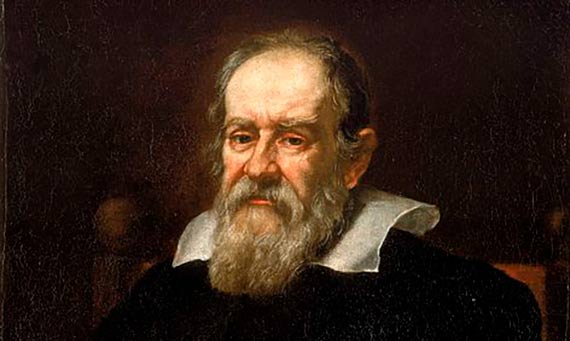
Previously, some bishopric headquarters housed schools to educate the bureaucratic elite and priests, but in the late Middle Ages a certain specialization emerged, separate from them: philosophy-theology in Paris or Oxford; law in Bologna, Pavia or Ravenna; and medicine in Salerno. In addition, the political fragmentation of the northern part of the Italian peninsula and its urban development fostered the appearance of community schools financed by the cities. Thus, Bologna’s law school was established in 1088, acquiring its university charter in 1119; Paris, Oxford and Modena were founded in the 12th century; Palencia, Cambridge, Salamanca, Montpellier, Padua, Naples, and Toulouse were established in the early 13th century.
European universities are unique institutions, with their own corporate structure. Their configuration – based on Roman law – gave them the autonomy to self-regulate their own matters, extensive independence from political and religious powers, and the ability to define their own academic curriculum. Their continuity over time and the mobility of students and professors across the continent,[1] with the ensuing dissemination of ideas, were also specific traits.
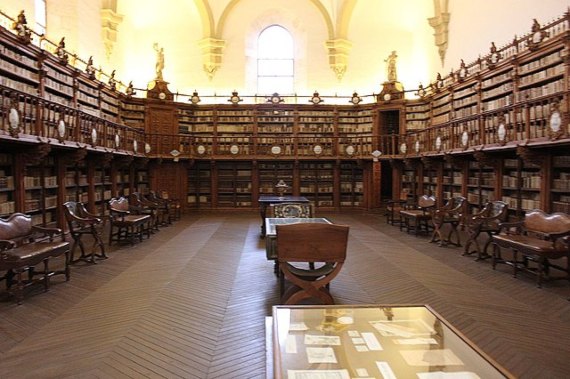
The start of the use of modern logic began in the 12th century with Hugh of St. Victor (1096-1141) and John of Salisbury (c.1115 – 1180). Natural philosophy began with Thierry of Chartres (died in 1151), Clarenbaldus of Arras (c.1110 – c.1187), Daniel of Morley (1140 – c. 1210), Adelard of Bath ( c. 1080? – c. 1142-1152), Bernard Silvester (fl. 1150) and William of Conches (c. 1090 – sometime after 1154). They all developed a rational attitude and rejected the principle of authority.
The works of Aristotle played an essential role in the evolution of medieval universities. Eclipsed for hundreds of years, the influence of the Stageirian philosopher began in the Islamic world with Abū Maʿshar Jaʿfar ibn Muḥammad ibn ʿUmar al-Balkhī (known as Albumasar or al-Falaki, 787 – 886 CE) and later took root in the West, especially by the so-called Toledo School of Translators. By the end of the 13th century, all of his works had been translated into Latin. Albertus Magnus (1193 – 1280) and above all, his disciple Thomas Aquinas (1224/1225 – 1274) made essential contributions to the dissemination of Aristotles’ works. The birth of scholasticism (scholasticus in Latin, σχολαστικός in Greek, “he or she who belongs to the school”), as a philosophical and theological technique that was used to understand Christianity interpreted by classical knowledge may have been established with Anselm of Canterbury (1033 – 1109) or Peter Abelard (1079 – 1142), and in any case in Paris within the orbit of the teachings of Roscelin of Compiègne (c. 1050 – 1120/1125), William of Champeaux (c. 1070 – 1122), Anselm of Laon (1050 – 1117) or Peter Lombard (1100 – 1160). The scholastic method emphasized dialectical reasoning and consisted of a series of comments and questions focused on Aristotle’s texts: the disputatio ordinaria generally took place once a week, while the disputatio de quolibet, an intellectual tournament in which each member of the audience could formulate questions, were major events with large numbers of people. Aristotle and scholasticism dominated the European academic world until well into the 17th century.
A crucial element was introduced by Roger Bacon (1214-1292), who promoted a new form of knowledge, essentially based on experience and rational though. According to Bacon: “All sciences are connected; they lend each other material aid as parts of one great whole, each doing its own work, not for itself alone, but for the other parts; as the eye guides the body and the foot sustains it and leads it from place to place.”[2]
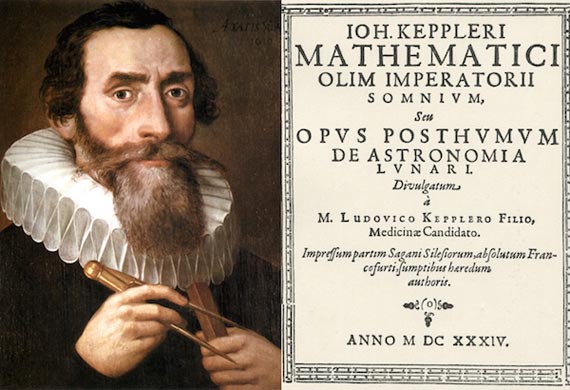
The Renaissance, with the flow of knowledge from the Byzantine Empire, especially after the capture of its capital Constantinople in 1453, and the appearance of the printing press led to a true intellectual eclosion in Europe. Eventually, Aristotle’s authority was affected by a new attitude and a series of discoveries, especially in the field of astronomy, which dismantled the essence of Aristotelian cosmology: the heliocentrism of Copernicus, developed in De revolutionibus and published in 1543; the comet of 1577 and the novas of 1572 or 1604, studied by Tycho Brahe, Jerónimo Muñoz or Johannes Kepler, among others, who demonstrated that the celestial spheres could not be crystalline, nor was the sky immutable; Kepler’s rejection of the planets’ circular orbits; the discoveries made by Galileo Galilei with the telescope: mountains on the moon, the structure of the Milky Way, the satellites of Jupiter, the phases of Venus or sunspots (actually first found by Thomas Harriot, John Fabricius or Christoph Scheiner). Eventually, the cosmology of Aristotle, despite the condemnation from Orthodox hierarchies, would be replaced by the concept of the universe established in Isaac Newton’s law of gravitation. Other thinkers, mainly educated in the academic world and largely connected to it, especially through the network known as the Republic of the Arts, were essential in the definition of the scientific method. Since then, our ability to understand our universe, and everything that occurs in it, has accelerated.
Universities have been and will continue to be an essential place for research, the expansion of knowledge, the education of well-rounded citizens and new generations of intellectuals, in the broadest sense. In fact, for every scientist, for every member of the academic community, there is a sequence, a direct chain made of links between teachers and disciples, which connects them to a series of scholars and scientists from the past.
The relationship between a mentor and a student is exceptional and goes far beyond an educational period that lasts a few years. It is the intellectual union that connects with a tradition that, at least in the west, dates back to the founding of the first universities. It is truly a torch, an inheritance from Prometheus, which is transmitted from person to person for generations, sometimes at a high personal cost, especially for the most heterodox. A process that has been essential for the scientific revolution and its consequences, and which has directly benefited society to this day.
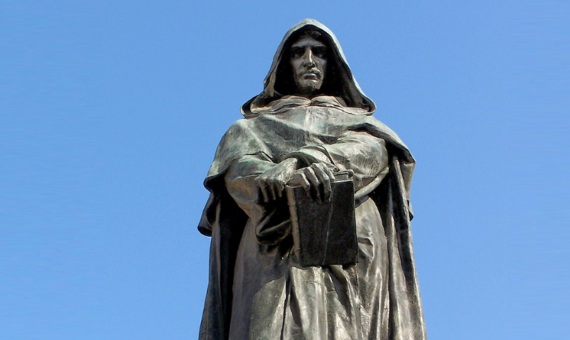
In fact, when we refer to the torch of knowledge that is transmitted over time, it is not just an illustrative metaphor or rhetoric. It is a light that illuminates the path of societies, a complicated and delicate process that has involved generations of men and women. An itinerary that, with its flaws, and excessive orthodoxy is one of them, has benefited all of us and contributed in a fundamental manner to the well-being we enjoy.
As a corollary and in light of the many challenges humanity will face and of the future of that chain that is extended over time, it is our responsibility to transmit and increase that extraordinary cultural legacy, transnational exchange programs like Erasmus and Fulbright remain essential in this process of education, creation, and knowledge transmission. And so is support for quality universities that are open to everyone.
In memory of John R. Stauffer, teacher and friend.
David Barrado Navascués
References
ANOLIC-PIPER, P., “Roger Bacon”, Internet Encyclopedia of Philosophy
FIDORA, A., Domingo Gundisalvo y la teoría de la ciencia arábigo-aristolélica, Pamplona 2009
GRANT, E., “When Did Modern Science Begin?”, American Scholar, 66, p. 105, 1997.
GRANT, E., A History of Natural Philosophy From the Ancient World to the Nineteenth Century, Cambridge University Press, 2006.
HASKINS, H.H.: The Renaissance of the Twelve Century, Cambridge, Harvard University Press, 1928,
LEMAY, R., Abu Ma’shar and Latin Aristotelianism in the Twelfth Century, The Recovery of Aristotle’s Natural Philosophy through Iranian Astrology, American University of Beirut, publications of the Faculty of Arts and Sciences, 1962,
LESTER, T., The fourth part of the world. The race to the ends of the Earth, and the epic story of the map that gave America its name, New York/London: Free Press, 2009.
O’CONNOR, J.J., ROBERTSON, E.F., “Roger Bacon”
O’CONNOR, J.J., ROBERTSON, E.F., “Saint Albertus Magnus”
SOTO RÁBANOS, J. M., “Las escuelas urbanas y el renacimiento del siglo XII”, La enseñanza en la edad media: X Semana de Estudios Medievales, Nájera 1999, coordinated by José Ignacio de la Iglesia Duarte, Logroño 2000, p. 207-242.
VERGER, J, “PATTERNS”, in A History of the university in Europe. Volume 1: Universities in the Middle Ages, Hilde de Ridder-Symoens (ed), Cambridge University Press, 199
VON STUCKRAD, K., Interreligious Transfers in the Middle Ages: The Case of Astrology , Journal of Religion in Europe, 1, p. 34-59, 2008
Footnotes
[1] Beyond Europe, the first universities in the Americas were founded by Spaniards in the 16th century.
[2] “Omnes scientiae sunt connexae et fovent auxiliis sicut partes ejusdem totius, quarum quaelibet opus suum peragit non propter se sed pro aliis”, Opus Tertium.
Comments on this publication